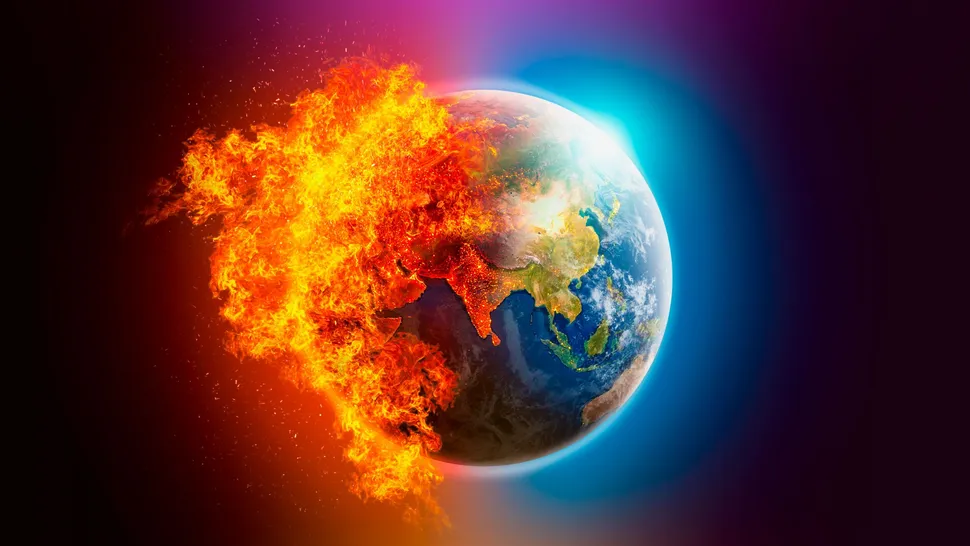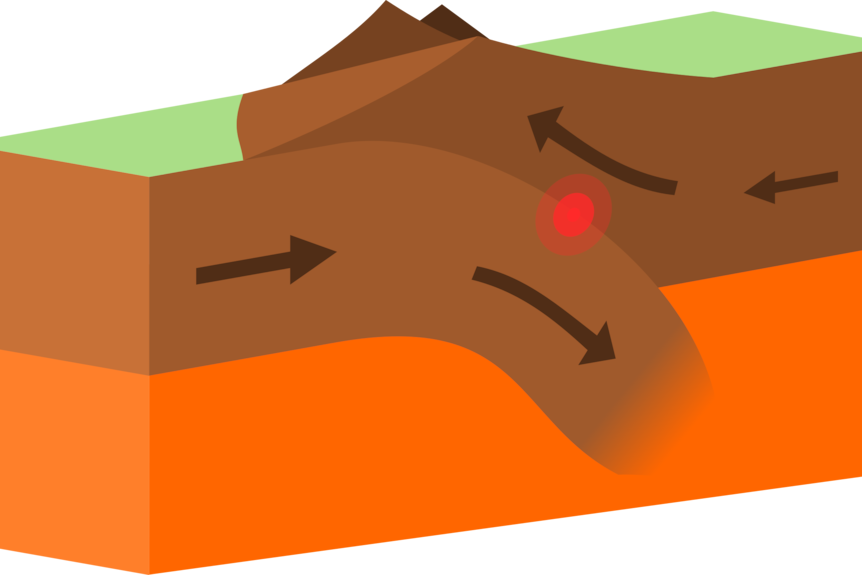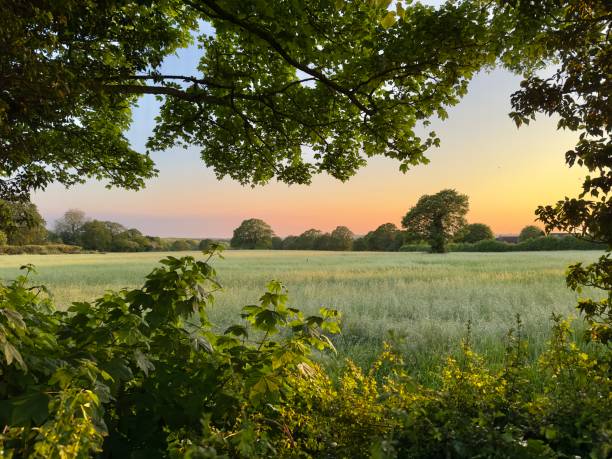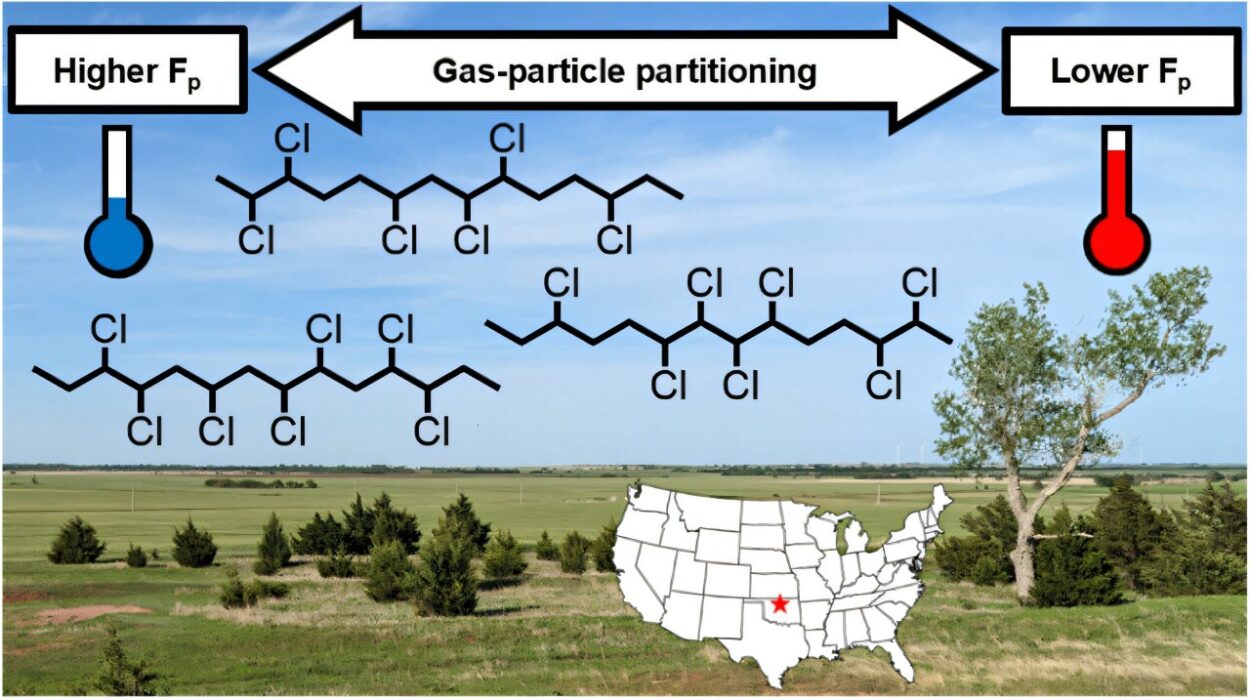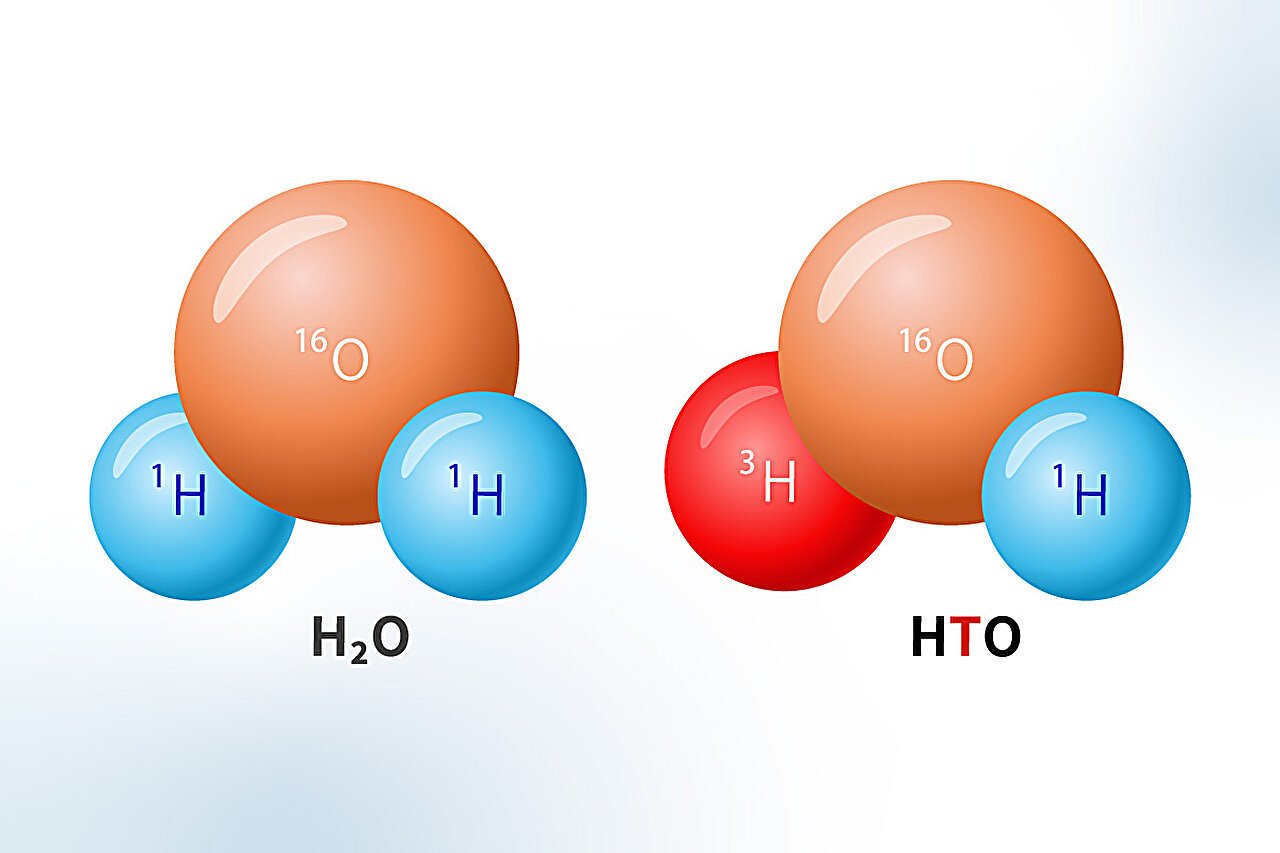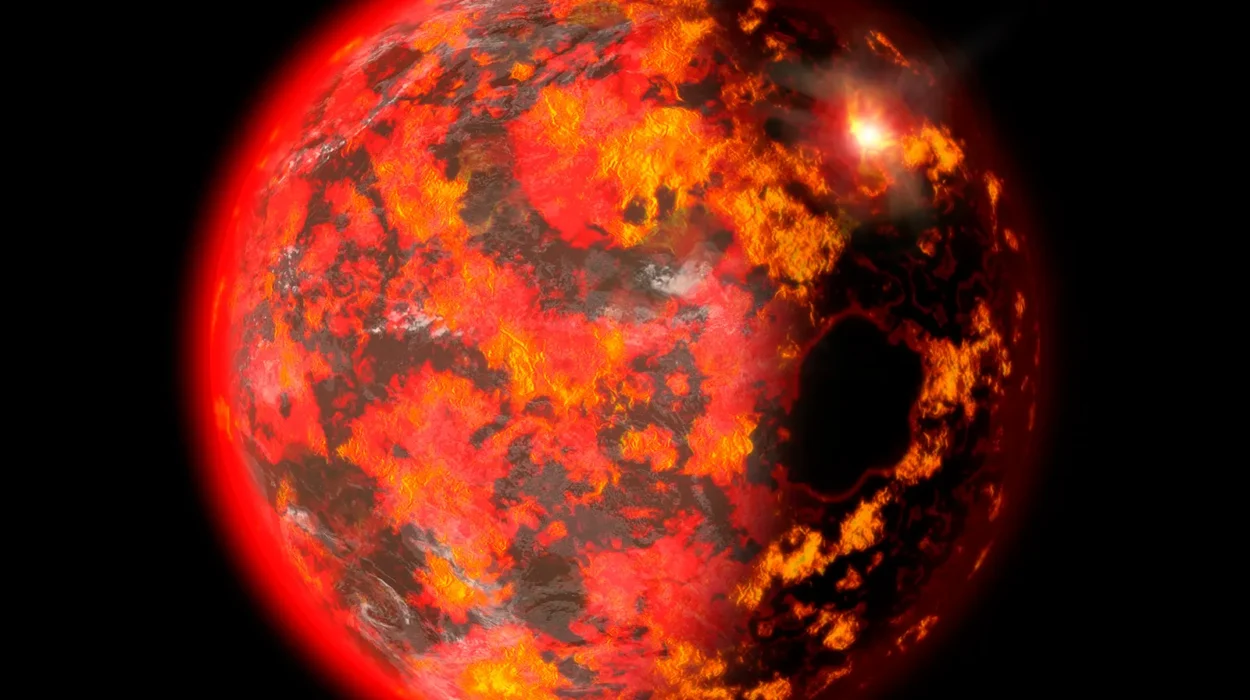On a frozen morning in Antarctica, ice groans beneath the weight of the past. A scientist, face wrapped in scarves, drills into the heart of a glacier, extracting a long cylinder of compacted snow and air—an ice core. What seems like just a rod of frozen water is actually a time capsule, a whisper from Earth’s ancient past. Trapped inside are secrets of shifting winds, roaring oceans, and changing skies. These icy archives have told us a stunning truth: Earth’s climate has never been still.
The notion of a constant, unchanging Earth is an illusion. Our planet’s climate has always danced to the rhythm of invisible forces—some as ancient as the stars, others as immediate as volcanic ash or human-made gases. The climate we experience today is the result of millions of years of push and pull, of warming and cooling, of nature’s breath over vast time scales.
But what are the driving hands behind this dance? What causes the Earth’s climate to fluctuate so dramatically—sometimes gradually, sometimes in bursts of violence that reshape the course of history?
To understand Earth’s climate variability is to peer into the intricate machinery of our planet, where everything—from the tilt of the Earth to the explosion of a volcano to the emissions from our cars—intertwines in a web of atmospheric cause and effect.
The Orchestra of Climate: Natural and Human Conductors
Climate variability refers to the way Earth’s climate shifts over time. It can mean short-term changes, such as El Niño and La Niña events that last for months to years, or long-term transformations like ice ages that span millennia. At the heart of these shifts lie a combination of natural and anthropogenic forces. Some are cosmic in scale. Others, surprisingly, stem from life itself.
The story begins far beyond Earth, in the silent realm of space, where our planet’s orbit and orientation set the stage for grand climate epics. But that’s just the beginning. Down here on Earth, oceans churn, volcanoes erupt, forests breathe, and humans—especially in the last century—have become powerful agents of change.
Let’s walk through this story, one force at a time, and witness the incredible ways Earth’s climate bends and sways to the music of its many masters.
Celestial Choreography: The Role of Earth’s Orbit
Imagine Earth as a dancer in a cosmic ballet, spinning and swirling around the Sun. This dance isn’t perfectly circular or consistent. It changes over time, subtly and slowly, and these movements—collectively known as Milankovitch cycles—play a critical role in shaping climate.
There are three main types of these cycles. The eccentricity of Earth’s orbit refers to how stretched out or circular it is. Over a period of about 100,000 years, the orbit shifts between more circular and more elliptical. When it’s more elliptical, Earth experiences greater differences between seasons.
Then there’s obliquity, the tilt of Earth’s axis. Right now, Earth is tilted at about 23.5 degrees, which is why we have seasons. But this tilt wobbles between about 22.1 and 24.5 degrees over a cycle of roughly 41,000 years. A greater tilt means more extreme seasons—warmer summers and colder winters—especially at the poles.
Lastly, there’s precession, which is like a slow spinning top. Over about 26,000 years, Earth’s axis wobbles in a circle, changing the timing of the seasons in relation to our position around the Sun.
Together, these cycles explain much of the ice age rhythm over the past two million years. When orbital configurations align just right, they reduce summer sunlight in the Northern Hemisphere, allowing snow and ice to accumulate and plunge the planet into a glacial age.
Breathing Oceans and Burping Volcanoes
While space influences Earth’s climate from afar, some of the most dramatic forces come from within the Earth itself. Our planet is alive with heat and motion. It breathes through the oceans and burps through volcanoes—and each of these movements can shift the climate needle.
One of the most powerful natural climate shapers is the ocean. Covering more than 70% of the planet’s surface, oceans store immense heat and move it across the globe through vast conveyor belts of water known as thermohaline circulation. These deep currents, driven by differences in temperature and salt content, can take centuries to complete a circuit. Yet even small changes can ripple through the climate system.
The Pacific Ocean, in particular, is home to one of the most famous climate phenomena: El Niño and La Niña. During El Niño, warm water pools in the eastern Pacific, disrupting weather patterns across the world—causing floods in South America and droughts in Australia. La Niña does the opposite. These events occur every few years and are part of a broader pattern called the El Niño–Southern Oscillation (ENSO), which is a major cause of short-term climate variability.
Then there are volcanoes—fiery mountains that can cool the Earth in an instant. When a massive volcano erupts, like Mount Pinatubo in 1991, it spews sulfur dioxide high into the stratosphere. These particles form a reflective haze that blocks sunlight, causing global temperatures to temporarily dip. After Pinatubo, average temperatures dropped by about 0.5°C for more than a year.
But volcanoes can also warm the planet over long periods by releasing carbon dioxide, a potent greenhouse gas. Over millions of years, massive volcanic events have been tied to mass extinctions and climate upheavals, like the Permian extinction that nearly wiped out all life on Earth.
The Greenhouse Blanket: Nature’s Heat Trap
If the Sun’s energy is the heat lamp of Earth, then the greenhouse effect is the blanket that keeps our planet warm enough to support life. This effect is both natural and essential. Without it, Earth would be a frozen wasteland, averaging around -18°C instead of the life-friendly +15°C we enjoy today.
Gases like water vapor, carbon dioxide (CO₂), methane (CH₄), and nitrous oxide (N₂O) trap some of the outgoing heat from the Earth’s surface, preventing it from escaping into space. This process creates a delicate energy balance. Too little greenhouse gas, and we freeze. Too much, and we burn.
Historically, changes in CO₂ levels have driven major climate swings. Ice cores reveal that during ice ages, CO₂ levels were lower, and during warmer interglacial periods, they were higher. These fluctuations were often initiated by orbital changes but amplified by carbon feedbacks—such as the release of CO₂ from warming oceans.
This system worked in harmony for millions of years, but in the past century, humans have drastically altered the balance.
Humanity’s Thumb on the Scale
Since the dawn of the Industrial Revolution, humans have been pouring carbon dioxide into the atmosphere by burning fossil fuels—coal, oil, and natural gas. We’ve cut down forests that once absorbed carbon, released methane from livestock and rice paddies, and pumped industrial gases into the sky. The result? An atmosphere thickening with greenhouse gases at an unprecedented rate.
Pre-industrial levels of CO₂ hovered around 280 parts per million (ppm). As of today, that number has soared past 420 ppm—and continues to rise. Methane concentrations have more than doubled. The fingerprints of human activity are etched across the climate system, from the melting Arctic to the record-breaking heatwaves sweeping continents.
But it’s not just about global warming. Humans have also altered the way land reflects sunlight—known as albedo—by replacing forests with cities and farms. We’ve changed the composition of aerosols in the atmosphere through industrial pollution, which can either cool or warm depending on their type. These human influences now rival and in many cases exceed natural forces in shaping Earth’s climate variability.
The Climate Seesaw: Feedback Loops and Tipping Points
The Earth’s climate is not a simple machine. It’s more like a living organism—complex, dynamic, and full of feedback loops. These loops can either dampen or amplify changes, and they hold the key to some of the most dramatic swings in Earth’s climate history.
One of the most powerful is the ice-albedo feedback. When ice melts, it exposes darker surfaces like ocean or soil, which absorb more sunlight. This leads to more warming, which melts more ice—a vicious cycle that accelerates climate change.
Then there’s the carbon feedback. As temperatures rise, permafrost thaws, releasing methane—a potent greenhouse gas—into the atmosphere. Forests stressed by drought and fire may die off and stop absorbing CO₂. Oceans, once reliable carbon sinks, may become saturated or even release carbon back into the air.
Scientists worry that these feedbacks could push Earth past certain tipping points—thresholds beyond which change becomes irreversible. These include the collapse of the Greenland Ice Sheet, the shutdown of the Atlantic Meridional Overturning Circulation, and the transformation of the Amazon rainforest into savannah.
If crossed, these tipping points could trigger abrupt and possibly catastrophic shifts in global climate patterns.
Echoes Through Time: Lessons from Past Climate Shifts
To predict where we’re going, we must understand where we’ve been. Earth’s climate history is a dramatic saga of transformation. About 56 million years ago, the Paleocene-Eocene Thermal Maximum (PETM) saw global temperatures soar by 5–8°C due to a massive release of greenhouse gases, likely from volcanic activity or methane hydrates. Ocean acidification and species extinctions followed.
More recently, around 12,000 years ago, Earth emerged from its last major ice age. Warming was triggered by orbital shifts, but rising CO₂ played a major role in accelerating the process. Civilization arose during this unusually stable climate period—known as the Holocene—but this stability is now under threat.
Studying these past episodes helps scientists model future outcomes. While past changes occurred over millennia, today’s shifts are happening in mere decades—a pace that leaves ecosystems and societies struggling to adapt.
The Human Response: Can We Influence the Future?
Though we have become one of the dominant forces behind climate variability, we are not powerless. Our awareness of the issue gives us a unique opportunity to steer the future. We can reduce emissions, protect forests, invest in clean energy, and build resilient communities.
Climate models show that limiting global warming to 1.5°C above pre-industrial levels could avoid the worst impacts of climate change. This requires rapid, far-reaching transformations in how we generate energy, grow food, and move goods. The challenge is enormous, but the rewards—clean air, stable weather, thriving ecosystems—are just as great.
Conclusion: A Planet in Motion, A Future in Our Hands
Earth’s climate has never stood still. It shifts with the tilt of the planet, the churn of the ocean, the breath of the forests, the flare of volcanoes—and now, with the pulse of human activity. The causes of climate variability are vast and intertwined, from ancient astronomical cycles to the exhaust from a traffic jam.
Understanding these forces is not just an academic pursuit—it is essential to our survival. In this great planetary drama, we are no longer mere spectators. We are participants, and our choices will echo through generations to come.
The future of Earth’s climate is not written in stone. It is being written in policy rooms, classrooms, laboratories, and in the hearts and minds of people across the world. And perhaps, if we listen closely to the whispers of ice cores, ocean currents, and forest canopies, we can find the wisdom to write a better chapter—one where humanity and nature move in harmony once more.
